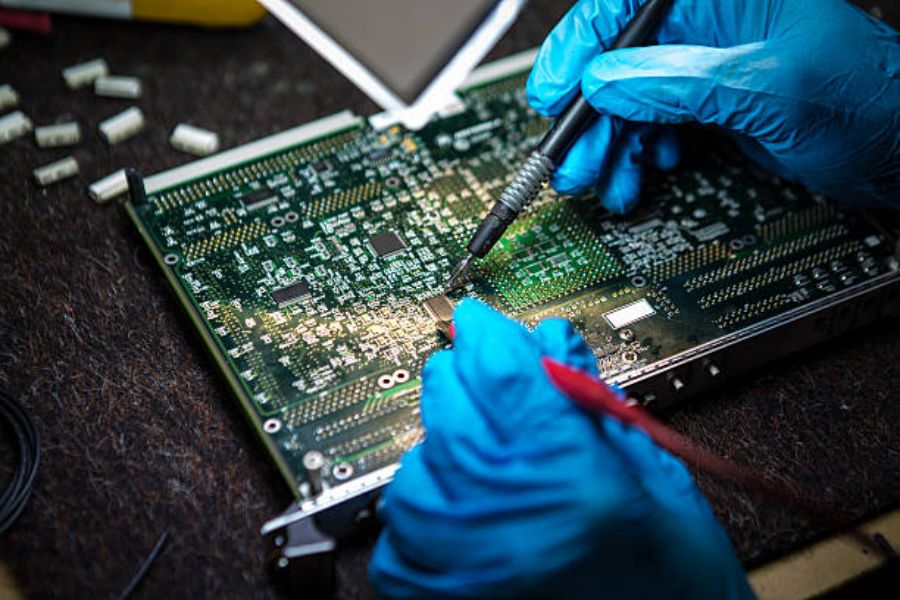Introduction
Power factor correction (PFC) is a critical aspect of modern AC-to-DC power supplies. PFC aims to improve the energy efficiency of these power supplies by correcting and optimizing the power factor, which is the ratio of real power to apparent power. One of the key components that enable PFC is the
passive pfc choke, which is the main focus of this article.
What is a Passive PFC Choke?
A passive PFC choke is a type of inductor that helps in correcting the power factor of AC-to-DC power supplies. It is designed to store magnetic energy and release it in a controlled manner. By doing so, it helps in smoothing out the current waveform of the power supply and reducing the harmonic distortion in the current.
How Does a Passive PFC Choke Work?
A passive PFC choke works by creating a magnetic field when an alternating current flows through it. As the current changes direction, the magnetic field collapses and releases its energy back into the circuit. This process results in a continuous transfer of energy between the circuit and the choke, which helps in reducing the harmonic distortion and correcting the power factor of the power supply.
What are the Benefits of a Passive PFC Choke?
The benefits of a passive PFC choke include improved energy efficiency, reduced harmonic distortion, and compliance with regulatory standards. By improving the power factor of the power supply, it enables electronic devices to operate more efficiently and consume less energy. It also helps in reducing the heat generated by the power supply, which can extend the lifespan of the components.
Types of Passive PFC Chokes
There are two main types of passive PFC chokes: air-core and ferrite-core. Air-core chokes are made of coils of wire wound around a non-magnetic core, while ferrite-core chokes use a magnetic material to increase their inductance. Ferrite-core chokes are more common in modern power supplies due to their high efficiency and compact size.
Design Considerations for Passive PFC Chokes
When designing a passive PFC choke, several factors must be considered, including the inductance value, the current rating, the core material, and the winding pattern. The inductance value determines the extent of PFC correction, while the current rating determines the maximum current that the choke can handle without saturating. The core material and the winding pattern affect the efficiency and size of the choke.
Design Challenges of Passive PFC Chokes
Despite their benefits, designing a passive PFC choke can be challenging due to the high current requirements, the need for a high inductance value, and the potential for magnetic interference with other components. Additionally, the thermal and mechanical stresses on the choke must be carefully considered to ensure reliable operation.
Passive PFC Choke vs. Active PFC
Passive PFC chokes are often used in conjunction with active PFC circuits to achieve high levels of power factor correction. Active PFC circuits use electronic components to actively correct the power factor, while passive PFC chokes provide the necessary inductance and filtering. While active PFC circuits are more complex and expensive, they can provide higher levels of correction than passive PFC chokes alone.
Applications of Passive PFC Chokes
Passive PFC chokes are used in a variety of applications, including desktop computer power supplies, LED lighting fixtures, and motor drives. They are particularly useful in devices that require high levels of energy efficiency and compliance with regulatory standards.
Conclusion
Passive PFC chokes play a critical role in improving the energy efficiency and performance of AC-to-DC power supplies. By ensuring proper power factor correction, they help electronic devices consume less energy, generate less heat, and comply with regulatory standards. With careful design and implementation, passive PFC chokes can provide reliable and effective power factor correction for a range of applications.
Quote Inquiry
Contact Us

